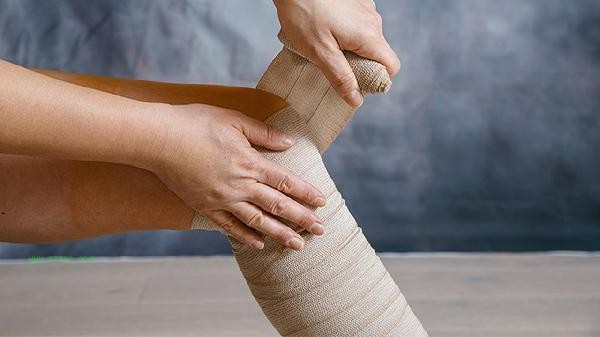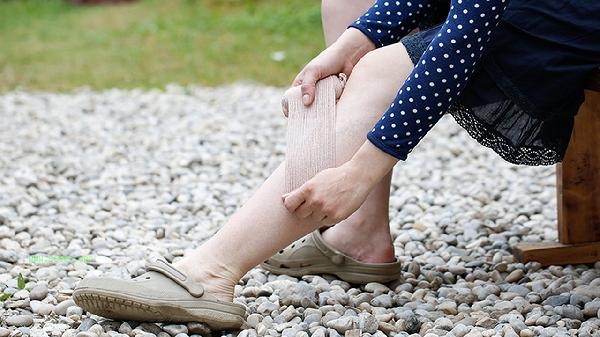During sit ups, straight leg movements are usually more difficult to complete than bent leg movements. Straight leg sit ups require higher strength from the core muscle group and hip flexors, while bent leg movements can reduce difficulty by leveraging leg strength. The difference in difficulty between the two postures mainly depends on the core strength level and movement standardization of the exerciser.

Straight leg sit ups require complete reliance on abdominal muscles to lift the trunk, with stronger activation of the rectus abdominis, external oblique abdominis, and iliopsoas muscles. Due to the inability to rely on the muscles behind the thighs when the lower limbs are extended, the pressure on the lumbar spine during the movement is greater, which can easily lead to compensatory force or discomfort in the lower back. This posture is more suitable for people who have a certain foundation in the core muscle group for advanced training, and can more accurately stimulate the upper abdominal muscle group.

Bending leg sit ups reduce the difficulty of movements by bending the knees, and the muscles behind the thighs can share some of the force burden when the knees are bent. This variant has less pressure on the lumbar spine and is suitable for beginners or people with weaker waist and abdominal strength as an introductory training. However, it should be noted that both feet should be flat on the ground to avoid forcefully kicking the legs, otherwise the training focus will shift to the leg muscles. Some studies have shown that the bent leg posture may reduce the stimulation effect on the lower rectus abdominis muscle.

When performing sit up training, one should choose a suitable posture based on their individual abilities. In the initial stage, basic strength can be established by starting with bent leg movements and gradually transitioning to straight leg training. Pay attention to keeping the chin slightly retracted and the waist close to the ground to avoid compensation between the neck and lumbar spine. It is advisable to control each movement within 15-20 times. Suggest combining static training such as tablet support to strengthen the core muscle group in multiple dimensions, and regularly adjusting the training plan to prevent muscle adaptation. If you experience persistent lower back pain after exercise, you should stop training and seek professional guidance.






Comments (0)
Leave a Comment
No comments yet
Be the first to share your thoughts!